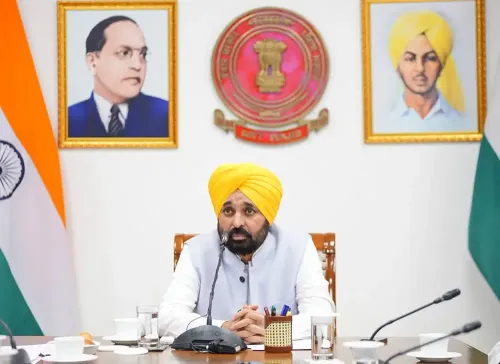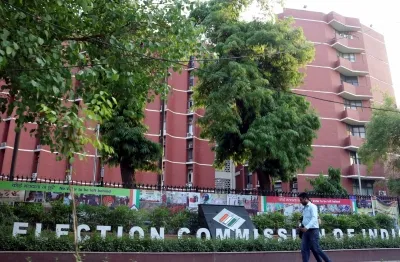Morgan Stanley Anticipates RBI's 25 bps Rate Cut to Initiate Easing Cycle

Synopsis
Key Takeaways
- RBI expected to implement a 25 bps rate cut.
- Focus on durable liquidity management.
- Moderation in inflation trends observed.
- Upcoming MPC meeting scheduled for February 7.
- Gradual rate easing cycle anticipated.
New Delhi, Jan 28 (NationPress) Morgan Stanley indicated on Tuesday that it foresees the Reserve Bank of India (RBI) starting a rate easing cycle with a 25 basis point reduction, reflecting the prevailing dynamics of domestic growth and inflation.
Furthermore, the global financial services firm noted, “We anticipate the Central Bank to introduce sustainable liquidity and closely monitor the currency to mitigate extreme volatility.”
The RBI’s Monetary Policy Meeting (MPC) is set for February 7, with the brokerage expecting the MPC to maintain a neutral approach, while also suggesting a consensus for a rate reduction starting in February.
The headline Consumer Price Index (CPI) decreased to 5.2 percent Year on Year (YoY) in December 2024, primarily due to declining food prices and a slight drop in core CPI.
“We predict that disinflation in food prices will accelerate, thereby enhancing the disinflation momentum in the headline CPI, averaging 4.5 percent YoY in the quarter ending March 2025, aligning with the RBI's projections,” stated Morgan Stanley.
To ensure proper liquidity management, the RBI has implemented measures such as Voluntary Retention Routes (VRRs) at higher volumes, daily VRR since January 16, a buyback of government securities worth Rs 750 billion in January, and secondary market purchases of government securities totaling Rs 102 billion in January.
Additionally, the RBI has introduced further measures, including Open Market Operation (OMO) purchases of Rs 600 billion, 56-day VRR of Rs 500 billion, and buy/sell swaps worth Rs 5 billion.
The investment bank expressed its expectation that the RBI will initiate a gradual rate easing cycle.
“The combination of domestic growth and inflation trends—slower than expected growth alongside a declining inflation path—necessitates rate easing to foster growth, in our opinion,” the note elaborated.
Nevertheless, this occurs amidst a challenging external environment, characterized by dollar strength, a prolonged stance from the Fed, and fluctuations in global capital flows, resulting in currency weaknesses.
“Thus, in our base case, we still foresee a modest rate easing cycle totaling 50 bps, commencing in February. Additionally, we believe the RBI will persist in liquidity management to alleviate outflows triggered by FX intervention and ensure that domestic financial conditions do not tighten significantly,” the brokerage added.










